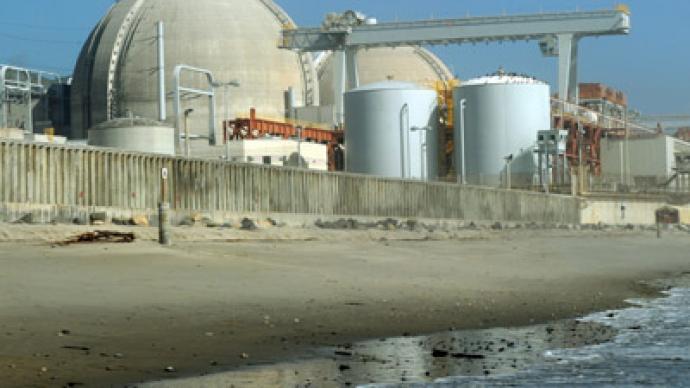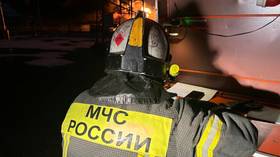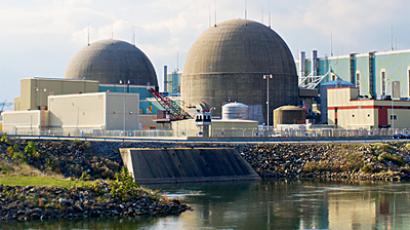Designed for disaster: San Onofre nuclear plant could become California's Fukushima

A nuclear nightmare on par with the Fukushima disaster could have unfolded at a power plant outside of Los Angeles, California, federal regulators reveal to the Associated Press in a just-published report.
Following an incident at the San Onofre power plant this past January, federal regulators have investigated conditions at the facility around 70 miles south of Los Angeles. Now after months of meticulous investigating, regulators involved in the probe tell the AP that design flaws have caused the tubing that carries radioactive water throughout the plant to be worn down extensively.A scare back in late January led to the temporary shut-down of the San Onofre power station. Nearly six months after the fact, however, the twin-reactor remains idle as investigators wrap up their thorough report. And much to the chagrin of management at the plant, it looks as if the leak suffered earlier this year wasn’t just a fluke.Commenting on the investigation, Nuclear Regulatory Commission Regional Administrator Elmo Collins tells The Associated Press over the weekend that the design of the heavily modified generators at San Oforene is to blame for the rapid deterioration of the facility’s tubing. The AP adds that only one other nuclear plant in the US uses the same generators as those at San Onofre, but that facilities has not seen tube decay anywhere near what’s evident in southern California. The reasons, Collins suggests, is because the San Onofre plant produces a remarkable output of power. On the website for the facility’s owners, Edison International, the plant is described as being able to create 2,200 megawatts of electricity — “enough power to meet the needs of 1.4 million average Southern California homes at a point in time.”"The phenomenon that we think causes this tube-to-tube interaction is definitely proportional to the power," Collins adds. "At least in some theoretical sense, that might be part of the answer."The rest of the answer might be a ways in the future, though. Although regulators believe they have pin-pointed the culprit at San Onofre, actually correcting the issue is a whole other story. Of particular concern is also the age of the components believed to be behind the leak. The plant’s current steam generators were installed as replacement in 2009 and 2010 at a cost of $670 million.The NRC adds in their report that of the 129 steam generator tubes tested in March of this year, eight had failed completely, “indicating that they could rupture during some operating conditions.”“The integrity of steam-generator tubes is important because the tubes provide an additional barrier inside the containment building to prevent a radioactive steam release,” the report adds."It's not too hard to frame up the problem," Collins says. "The answers are very difficult, or they already would have emerged.""These are significant technical issues. They are not resolved yet.”Unit 2 of the San Onofre facility was shut down for routine maintenance and upgrades earlier this year when the plant’s crew was forced to halt operations of Unit 3 upon discovering the leak. A meeting is being held Monday night to dsicuss the specifics of the report. In a statement released by the groups Residents United for a Safe Environment and San Clemente Green, critics of the plant say "the crippled San Onofre nuclear power plant has posed an unnecessary risk to our environment and our communities. It has also left Southern California Edison ratepayers footing a $670.8 million bill for critically flawed steam-generator equipment."














